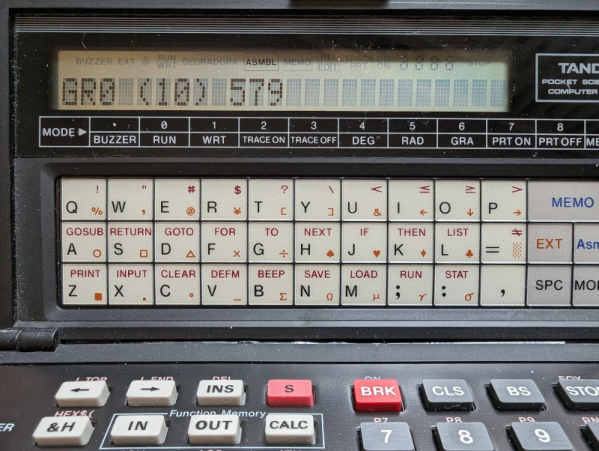Radio Shack had a long history of buying things overseas, having their name slapped on them, and selling them in the United States. That was the case with the Tandy Pocket Computers, which were in that awkward space between calculators and full-blown computers. Like many computers of those days, if you wanted to do anything interesting, you needed to turn to assembly language. But as [Old Vintage Computing Research] recalls, the assembly for these little devices was very strange, even for an assembly language. He found out that there is a reason it is so strange and shares it in a deep dive into the device’s machine code history.
The story starts with the Japanese government. In 1969, the ministry in charge of such things decided that it wouldn’t be fair for people who knew a particular computer to have an advantage when taking the Information Technology Engineer exam. So, logically, they made up a fictitious instruction set and architecture for the test. Since no one used it, no one would have an unfair advantage.
However, eventually, Japanese manufacturers started making computers that used the architecture. The architecture was COMP-X, and the assembler was CAP-X. The post covers the history of machines either using the architecture or emulating it going back to the 1970s. It eventually winds up at the Sharp and Casio pocket computers that would wear Radio Shack livery in much of the world, especially the United States.











